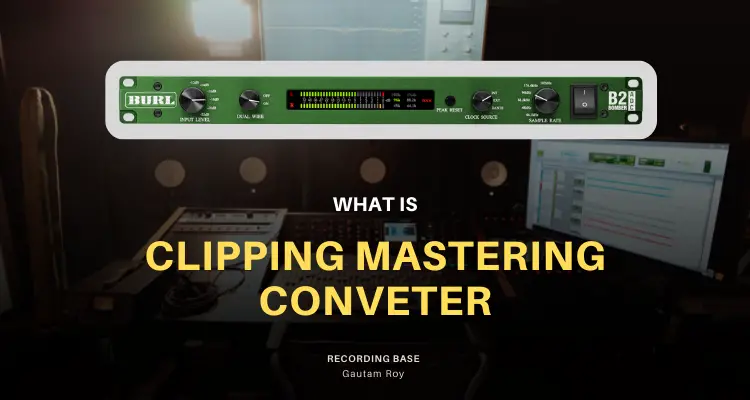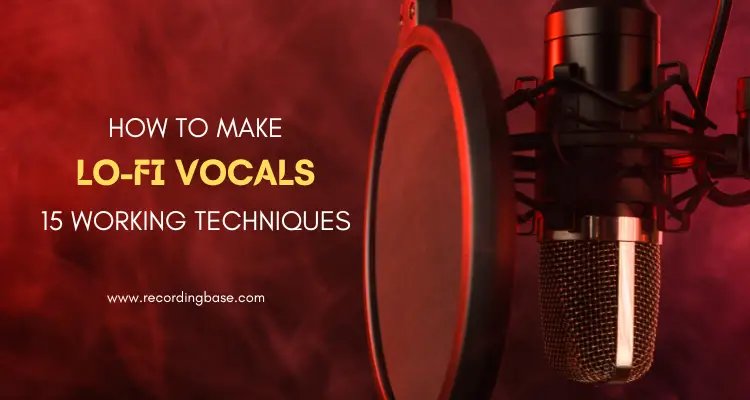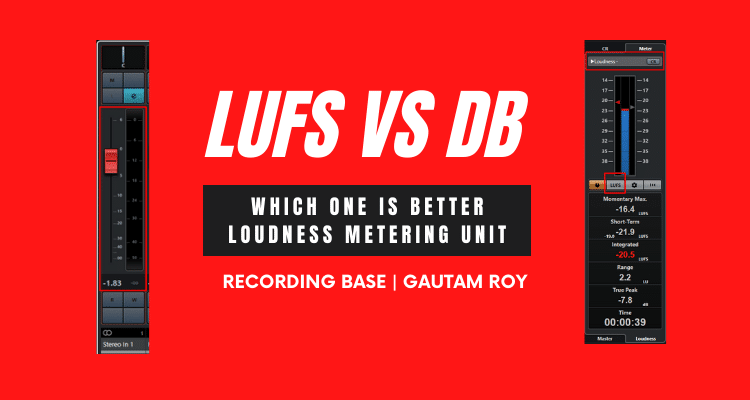Often-times music enthusiasts ask me, what is the difference between mixing and mastering?
Especially, our first-time clients, who are not aware of the technology and art behind music production. They can’t differentiate between mixing and mastering.
If you are one of those newbies and enthusiasts then this is the right article that will answer all your queries about music mastering and mixing.
So, now let’s get into this…
Table of Contents
Difference between mixing and mastering
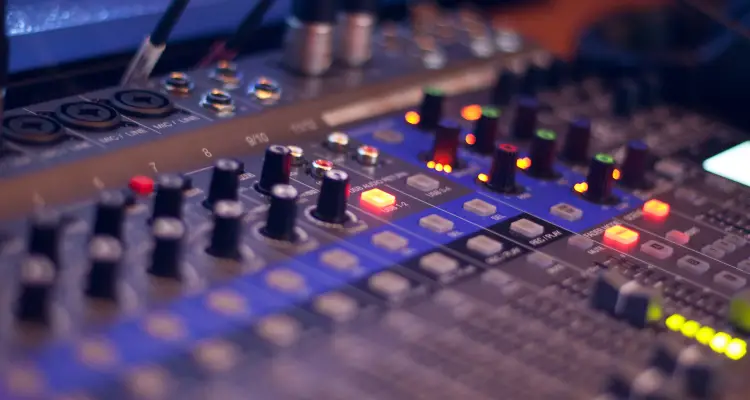
Novice recording engineers always think that mastering is part of the mixing process.
BUT, it’s not true.
Mastering is very different than mixing.
Here is some point about both you should read before going deep into the topic.
Disclosure: This post may contain affiliate links, which means we may receive a commission if you click a link and purchase something that we recommended. Read more about Affiliate disclosure here.
- Mixing and mastering are very different process
- In mixing we edit, balance, and add effects to individual tracks wherein mastering we optimize the dynamics, resolve the errors left behind by the mix engineer and format conversion.
- In mixing, we have the access to individual tracks but in mastering, we only have the final mix tracks.
- Mixing is the process to mix down all the individual tracks to single audio tracks where mastering is the process to make that single track to listenable among all types of sound systems.
Now we have some basic information about mixing and mastering in hand, let’s jump in the details.
What is sound mixing?
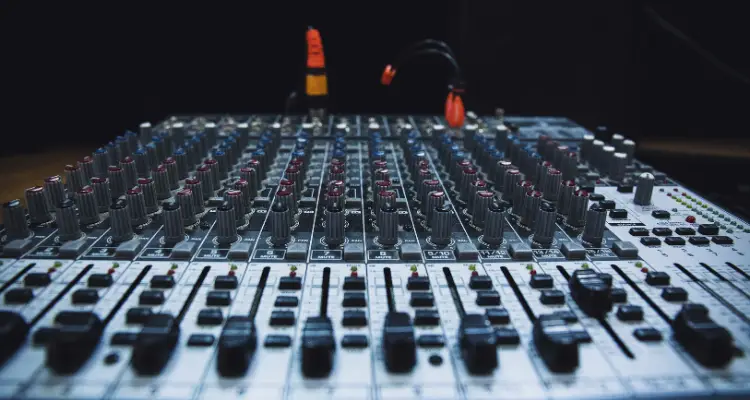
If I have to describe sound mixing in 2-3 lines then here it is.
Sound or audio mixing is the process in which a sound engineer mix-down individual tracks to a single audio track for distribution.
However, the actual process is not that easy as written in the definition.
Audio mixing is a bunch of processes in that we edit the recorded audio tracks, add effects to them, balance the volume and pan of tracks, add automation to tracks and then finally route all the tracks to the master channel for mix-down.
Let us understand the whole process one by one.
First off…
Audio Editing
Audio editing is the process in which sound engineers edit the audio files recorded in the tracks.
Audio editing includes the below processes.
- Deleting unnecessary audio clips from the tracks
- Cleaning the audio clips
- Applying dynamics individually to audio clips
- Cutting unnecessary portions of the audio clips
- Cut and paste audio clips from one track to others if necessary
- Color coding the audio clips for better recognition
- And many more processes…
However, 20-30 years ago when digital audio recording technology was not available, editing sound clips was very tough to sound editors. BUT, thanks to today’s high tech DAWs and recording hardware, now we can easily edit them.
In the DAWs audio clips are visible in the timeline where we can edit them easily with the given audio editing tools.
If you want to know which DAW has best in audio editing then you can read 11 Best DAW For Beginners.
Audio editing is just the first process in mixing. Now let me explain to you the second process.
Volume and pan balancing
It said that “the talent of mix engineer depends upon how he balances the tracks”
In audio mixing, balancing of tracks is the most important process. The overall quality of the tracks actually depends on how the volume and pans of the tracks are balanced in the mix.
In this process, a mix engineer adjusts the volume and left-right panning of individual tracks concerning other tracks so that the different instruments could get the room in the mix. This process is called stereo imaging.
These articles will help you understand the stereo imaging.
- Mono VS Stereo Audio – Which One Should You Use – Why!
- What is Stereo Imaging: Get More Depth in Your Mixes
There are several techniques used to obtain the perfect balance.
Such as,
- Rhythm to melody technique
- The melody to rhythm technique
- Low to high-frequency technique
- etc…
It depends on you which technique you use to obtain the perfect balancing. However, I always use rhythm to melody technique because I’m very comfortable with this.
Adding effects to the tracks
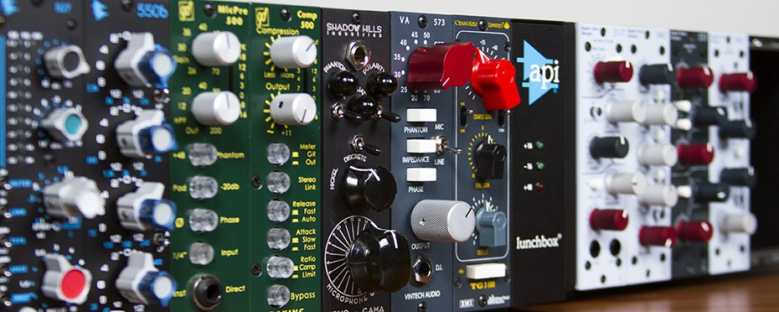
The third process in audio mixing is adding effects to the tracks.
There are several types of audio effects that exist. Such as reverb, delay, modulation, compressor, gate, limiter, equalizer, saturation, etc.
Don’t forget to read my two huge lists of free and paid plugins that you can use in your audio mixing.
The most common effect are reverb, delay, compressor, equalizer, and limiter. These 5 effects are a must for any mix engineer. Without these effects, they can’t obtain the required mix quality.
Where reverb, delay, etc add wetness to the vocals and instruments, dynamics effects such as compressor, limiter, and equalizer enhance the dynamics of the audio.
SO, this process is quite important for the mix engineer.
Adding Automation
Automation is the process in which the mix engineer automate the volume faders, pan-pots, effect plugin controls, and send channel controls according to the need of the song.
When you do the track level mix, the changes are applied throughout the track. Now if you want to increase or decrease the volume or pan left to right at the particular portion of the track then automation helps in that.
Automation allows you to increase-decrease the volume, stereo panning, increase-decrease the effect at the particular area of the track.
Routing individual tracks to the output channel
Routing individual tracks to the output channel is the second last process in mixing. However, modern DAWs are pre-configured with this setting so you don’t need to do it yourself.
The only thing you need is choosing the right preset when you are starting a new project in your DAW.
Sometimes due to a lack of knowledge, we accidentally change the routing. In this case, you should know about the basic routing of a mixer.
The mixer window of modern DAWs is the replica of an analog mixer. SO, if you know how to handle an analog mixer, you can also handle the DAW mixer.
Mixdown
Now come to the last step.
MIXDOWN;
Mixdown is the process in which all the individual tracks are routed to one master tracks and then the project is bounced to a single audio file.
Generally, we bounce the project into a standard format WAV or AIFF file which is compatible with almost all digital audio players and computers.
After this process, the work of a mix engineer ends and mastering engineers start.
What is mastering
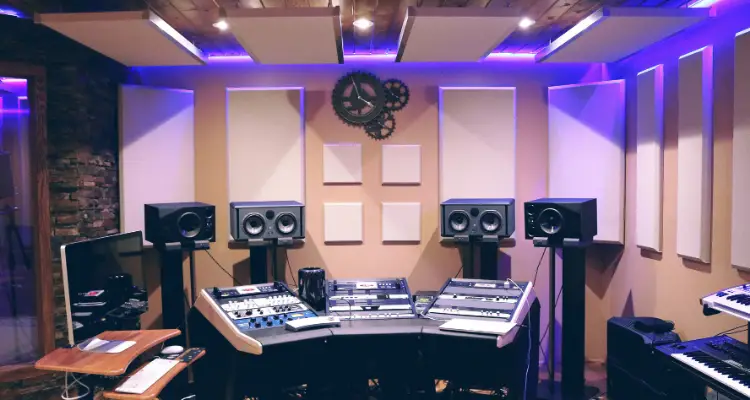
Mastering is the last step of audio post-production.
Mastering is the process in which audio engineers balance the dynamics and sonic elements of the soundtrack and optimize it for all types of audio systems and media formats.
With that said, you can think mastering is the process that varnish, polish and optimizes playback quality on all devices.
The optimization of the soundtrack is crucial as when it’s released there are tons of different audio systems it pays on. From the tiny speaker of your mobile to disco clubs it has to perform well in all the places.
Mastering makes it capable to adapt all types of sound systems.
Here is the sub-processes of audio mastering.
Role of Equalization in Mastering
An equalizer is considered the most important tool for an audio engineer. It’s equally important in mixing and mastering.
In mixing, the equalizer is used in individual tracks for several types of work. Like, cleaning the audio, adjusting the frequency spectrum, boosting an area in the spectrum, cutting unwanted frequencies, etc.
In mastering the same thing is done but with the final mixed track. The main work of equalizer in mastering is to enhance the overall dynamics of the final mix.
If you are finding a good equalizer plugin for mastering then you should read this review.
Enhancing the dynamics is not done alone by equalizer but other tools like multi-band compressor, limiter, enhancer etc are used together to get the desired results.
Let’s look into the importance of dynamics in mastering.
Dynamics in Mastering
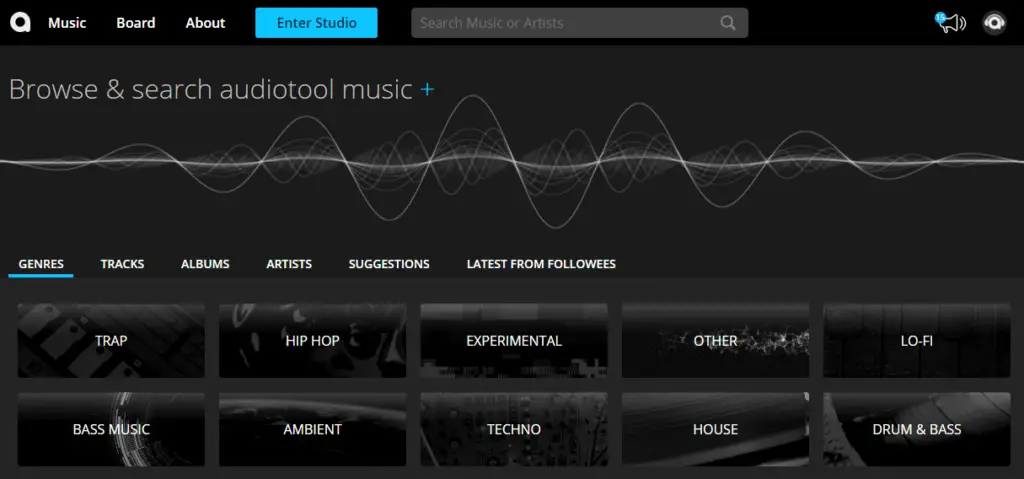
When mastering engineers receive a final mix, it’s weak in dynamics hence not ready to distribute. Here are the areas of dynamics mastering engineers take care of.
- Track volume compared with other soundtracks in the market.
- Tweaking the overall frequency spectrum for better low, mid and high.
- Enhance the low volume areas in the mix.
- Tweaking the audio for all types of sound systems.
SO, dynamics play the main role in mastering.
Restoration of hisses and clicks
People love the analog feel in music.
Do you know, digital music recording systems minimizes this feel in the recorded audio?
However, digital audio recording is as handy as you can do from your bedroom. BUT, there are some drawbacks to the digital audio recording.
It’s unable to capture the natural hissing and clicks in the audio. That’s the very reason why a raw track recorded in the digital domain dry. The sweetness of the audio vanished.
However, today there are several tools available in the market that emulate that analog feel but you’ve to lose your pocket a much to get them.
BUT, we have to restore that analog feel in the audio before releasing it.
Here the role of mastering comes into play. In mastering, the natural hiss and clicks, etc are restored by using analog gear.
That’s the reason why a mastering studio needs a lot of money to start.
A Fairchild 670 analog compressor unit costs you a minimum of $30,000 in the vintage market.
And, there are several tools like this used in the mastering studio.
Well, thanks to professional mastering studios, we can leave the audio post-production process to them against a few hundred dollars.
Such as,
Rectify and resolve small mistakes missed in the final mix
Sometimes mix engineers leave some common mistakes in the final mix. Mistakes, such as cutting unwanted sound, equalization mistakes, etc are most common in them.
Mastering engineers find and resolve those mistakes from the final mix tracks. BUT, as the final mix is one single soundtrack, sometimes it’s impossible to resolve some particular mistakes.
Suppose, if the mix engineer leaves an unwanted sound in between the track and an important sound is overlapping that, it’s not possible to remove that unwanted sound. If done, the important sound also gets affected.
However, mastering engineers always try to resolve the errors that can be tackle.
Format Conversion
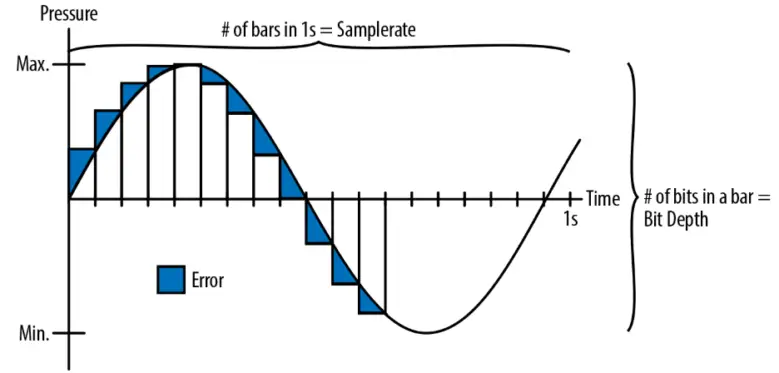
The final and last step in mastering is format conversion.
To play the audio track in various sound systems, it’s necessary to change the file format to the most common ones.
Today, most of the devices and sound systems support Wav, MP3, and AIFF file formats all in 44100 to 48000 sample rate. BUT, when the mastering engineer gets the final mix, it’s recorded in higher sample rates.
They have to change the sample rate without losing quality.
Here comes the role of dithering.
Dithering is the process in which we can change file formats while preserving the original quality of the file.
If dithering is not applied to the converted file, it will lose the harmonics and you listen to the low-quality audio.
In mastering, special dithering hardware and software are used to obtain the desired results.
To know more about dithering you can refer to this article.
Quick Tips to Mix at Your Home
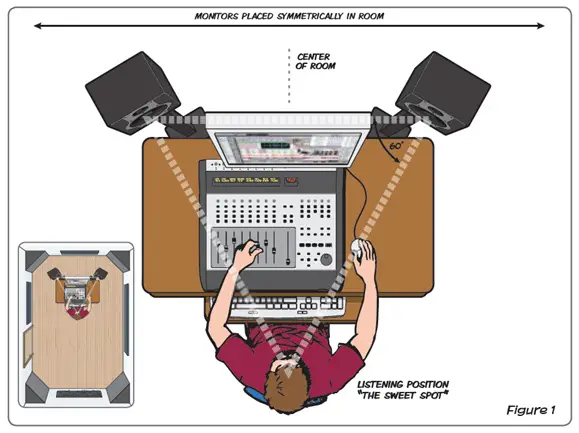
Today, setting up an audio recording studio in your home is very easy and affordable. Even, people fail to record and mix just due to lack of right information.
Well, here are some quick tips that will help you to mix at your home.
- Always use A-rated audio recording gear and software. You can get help from this article about choosing the best gear for your home studio.
- The second thing is to train your ears for mixing. However, it takes years to train your ears, there are some tools available that accelerate this process to months. Check out one of them
- There are 3 steps in mixing – editing, balancing, and adding effects. If you follow these 3 steps one by one, you can get the desired results fast.
- Always re-balance the tracks after adding effects because effects change the dynamics of the sound so the tracks get disturbed. You have to balance them again to get rid of this common problem.
Can You master Songs at Home?
I don’t want to create confusion but my answer is YES as well as NO.
It all depends on your needs, your industry, and other factors.
Let’s suppose your native audio industry is not well developed and most of the recording studios are using software-based mastering suites.
Then the market is familiar with software-based mastering.
In this case, you can do it at your home studio. You just need to buy some mastering software such as iZotope Ozone 9 and begin with it.
Technology is now so advanced. You can achieve 95% accuracy with mastering software like iZotope. BUT, if you are competing with industry leaders who always master their creations at a professional mastering studio then you will have to adopt the same approach.
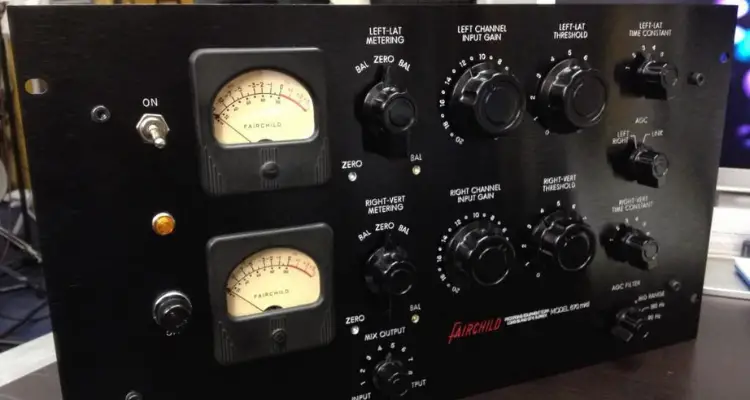
Here comes the role of professional mastering studios.
However, it cost your producer an extra dollar but the result you get is extraordinary.
SO, the conclusion is it all depends on your and your industry’s needs whether you’ve to go with software-based mastering or hardware-based mastering.
Software-based mastering doesn’t need extra hardware if the monitors are good. All you just need a professional mastering suite like iZotope Ozone 9 and the courage to do mastering at your home.
Conclusion: Difference Between Mixing and Mastering
Now you know all about the difference between mixing and mastering.
However, mastering can be done in your home studio by some special mastering software tools but if you want to achieve industry-standard quality then heading over to a professional mastering studio is a better option.
BUT, we cannot underestimate the importance of mixing just because it can be done from your home studio. We need years of training and dedication to do a good quality mix.
Ordinary people can’t do this, even if they have costly hardware and software.
BUT, I would always suggest to handover the mastering job to professional mastering studios, because we cannot don’t have the proper resources to make it audible in all types of audio systems.
With that being said, I’m wrapping up this article. If you like it please share on your social media channels so that others would get benefit from it.
You may also like,

